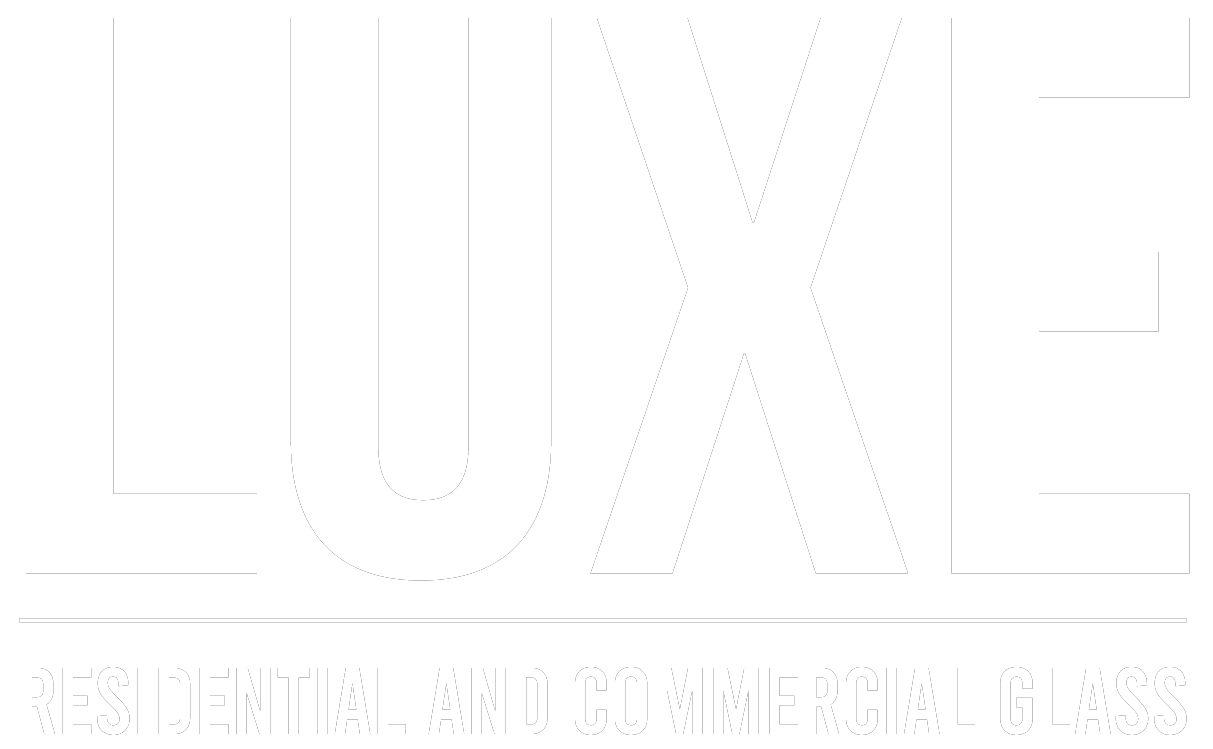What Is Smart Glass?
Generally, smart glass comes in two types: one that requires electricity and one that doesn’t need electricity.
Smart glass is used in commercial and residential areas where there’s a need to balance natural light and privacy. All this is possible because smart glass can adjust its opacity on command electronically or non-electronically.
Here’s what smart glass is, how it works, and the various types.
Understanding smart glass
Though traditional glass is efficient in letting in natural light and providing unrestricted views, it has one limitation. If one needs privacy, they have to use curtains or blinds. Smart glass, also called switchable or light control glass (LCG), resolves this problem. It uses a technology that responds to external stimuli such as light, electric voltage, or heat to switch from transparent to translucent or opaque.
Typically, smart glass consists of a conductive coating and two layers that sandwich particles capable of switching opacity. When an external stimulus such as light or electric voltage is applied, the particle’s alignment or orientation changes to make the glass transparent. Conversely, the particles scatter when the stimulus is inactive, leaving the glass translucent or opaque.
Smart glass types
Generally, smart glass comes in two types: one that requires electricity and one that doesn’t need electricity. Both active and passive smart glasses differ in their mode of operation.
Active smart glass
The types of smart glass powered by electricity include:
Polymer Dispersed Liquid Crystal (PDLC) glass: The particles responsible for tinting are liquid crystals dissolved in the glass or a polymer. When an electrical current flows through the conductive coating, the liquid crystals align, allowing light to pass through. Disconnecting the current causes the liquid crystals to harden and disperse, giving the glass a milky or translucent shade.
Suspended Particle Device (SPD) glass: This glass consists of nanocrystals made of indium tin oxide and plastic films that organize to block or absorb light. Transparency varies depending on the electric current the conductive coat is carrying.
Electrochromic (EC): In addition to glass layers, this type of smart glass contains electrolyte and electrochromic layers. When voltage is applied to the conductive coating, ions migrate between the electrolyte and electrochromic layer. In turn, the glass becomes transparent. With no current, the ions scatter, leaving the glass opaque.
Passive smart glass
The types of smart glass that don’t need electricity to switch color include:
Thermochromic glass: This type of smart glass consists of liquid crystal or thermochromic pigments that adjust color depending on temperature. The glass becomes opaque from the outside. If you’re inside, you can still see through it. Apart from blocking light, this glass also blocks heat.
Photochromic glass tint: It works similarly to thermochromic glass, although the stimulus that triggers the change is ultraviolet light. The molecules used in the glass are mostly silver halides or organic photochromic dyes.
Consult an expert
Choosing smart glass for a home or any other application can be daunting since the technology is relatively new. However, consulting an expert can make the process easy. They’ll assess the homeowner’s needs and recommend the best type of smart glass.
Luxe Residential and Commercial Glass of Las Vegas provides premier glass repair and replacement, glass shower doors and enclosures, glass railings, glass tables, table tops, shelves, and standoffs, windows, mirrors, and take-home installation packages , wine cellars in Las Vegas and surrounding communities. Call Luxe Glass at (702) 302-1222.

